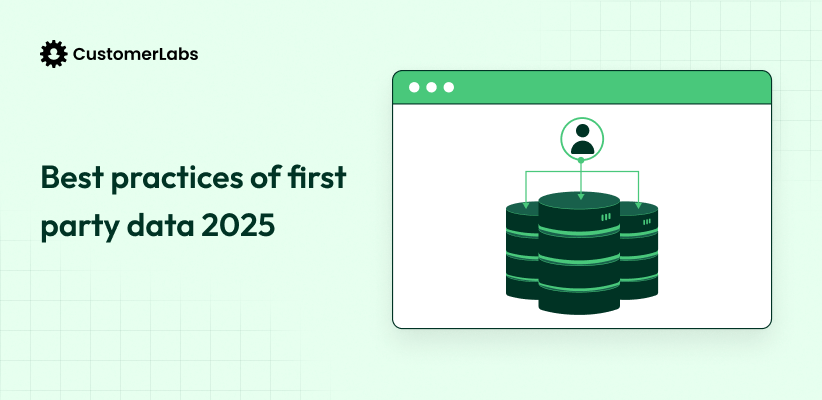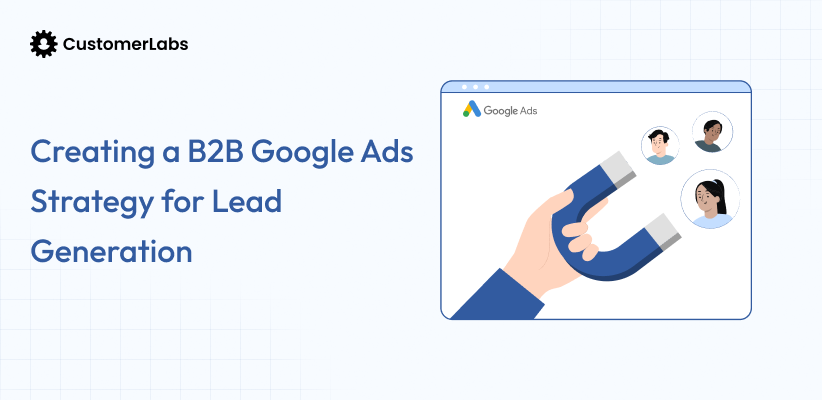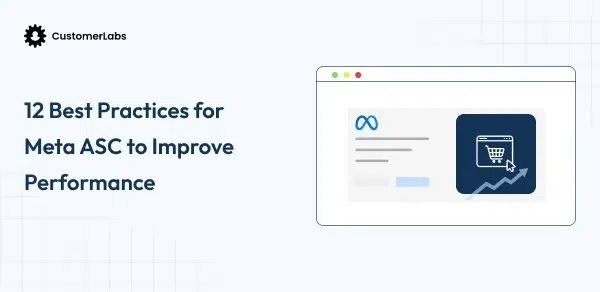When a user comes inside the website, views a product, adds the product to his/her cart, gets so close to make a purchase, but then disappears. It’s frustrating, isn’t it? The user came so close to conversion, and you just missed it.
With Meta Ads continuously evolving, 2025 demands smarter retargeting ads strategy that align with privacy changes, consumer behavior shifts, and improved ad targeting capabilities.
No worries. I got you covered. This blog will cover a fresh series of Meta Retargeting Ads strategy for Shopify stores, some of which you might still not be familiar with. You can get insightful strategies both for your website interactions and social media engagement.
Get ready to reach the conversions that you always dreamt of and get your minds blown. Let’s start to build a Retargeting Ads strategy with the website interactions
8 Retargeting Ads Strategy for Shopify Store
First, let’s start with the users who are closer to conversion but did not convert.
Have the prerequisites ready: you need first-party data, as these strategies are purely built based on the data.
Retargeting Added to Cart Users
Users who added products to the cart are high-intent audiences who are most likely to make purchases. They’ve already expressed a strong desire to buy but may have dropped off due to distractions, high shipping costs, or second thoughts.
Strategy:
Setup Dynamic Product Ads (DPA) in Meta for these cart abandoners with the same products that the users added to their cart. To spice it up a bit, you can try retargeting them with a discounted price, e.g., “Get 10% off if you complete your order within the next 24 hours,” which might make them take action and make a purchase. Trigger their desire to make them purchase by giving them free shipping charges; maybe that’s why they bounced.
In order to build trust, try to include reviews and testimonials from past customers, because users seem to resonate with the user-generated content (UGC).
Just remember, the data that powers these DPA campaigns is the ‘first-party data’, that sends the right signals and trains the ad algorithms to target these users accurately matching with the creative.
Product Viewed but Not Purchased
These users are also low-hanging fruits who have the higher possibility of making the purchase. They did not add it to the cart; maybe wishlisted it. But definitely showed interest.
Strategy:
Just like how you did with the Add cart to audience, run Dynamic retargeting ads, and you can promote a flash sale by saying its a time-limited offer with the script saying something like, “Still thinking about this product? It’s now 15% off!”. You can also add FOMO scripts on your creatives, such as “Only 3 items left in stock. Hurry up!”
You can also learn more about Optimizing your funnel and the metrics for funnel Tracking and Conversion Analysis
The next Retargeting Ads strategy is
Category Viewed
Segment your audience based on their activity in viewing a specific category. This is how you can plan a personalized retargeting ads strategy. Instead of setting up campaigns for a broad target audience, you can retarget them based on categories. This way you show them exactly what they are interested in, not some random product that you have.
Strategy:
For example, the user browsed Men’s shoes but did not select any product or browsed a skincare product but did not add to cart. Setup personalized retargeting ads in Meta for men shoes or skincare products. You can go as precise as you want. In skincare, you just go for a lip balm product range or sunscreen; you get my point right. You can also explore category-based offers like “Buy 1 Get 1 on Skincare Products.” (this is the strategy that most of the skincare brands are following, if notice keenly.)
CheckOut Made But No Purchase
Checkout abandoners are one of the highest-intent audiences you’ll encounter in your retargeting campaign. They are users who reach the final checkout page but do not initiate payment, or maybe made initiation but did not make payment due to some technical glitch. They are nearly there already; just a little push will make them purchase.
Strategy:
Segment the audience who reached the checkout page and use Dynamic Product Ads (DPA) on Meta to show the exact product they abandoned in their cart. This makes the ad feel highly personalized to the users. Use urgency-driven messages like “Your order is waiting! or Your cart is about to expire!” in order to trigger the FOMO factor. Highlight trust factors like secure payment gateways or hassle-free returns and offer limited-time discounts to close the sale.
Custom Event Optimization
What generally happens is that you optimize the every campaign for standard purchase events, despite the business goals. Let’s say that you set one campaign with an objective to sell men’s shoes and another campaign is set to sell women’s shoes. You would optimize both the campaigns with the standard purchase event.
Strategy:
Instead, run conversion campaigns specifically optimized for revenue goals. You can track custom events, such as users you viewed shoes for more than 3 times in the same week. Gather these custom events and send them to Meta for more precise retargeting. You can also segment the audience based on AOV – high, mid, low and set retargeting ads to increase the AOV purchases and revenue.
Clearing Dead Inventories
Your hero product might be selling itself, but the other product ranges might not be moving as you expected. You would want decent purchases to happen in other products as well. You can do that and generate revenue with a strategic retargeting ads strategy.
Strategy:
Initially identify the product that can be clubbed up with the trending hero product. Here, using the upselling and cross-selling strategy, you can retarget users who bought related products, such as by setting up retargeting ads showcasing a range of socks to the users who have purchased a shoe. Use personalized messaging like “complete your look with these comfortable socks.”. Release bundle discounts and promote dead inventory.
Also read on how to make the most of organic & paid social media.
Let’s move to the next retargeting ads strategy.
Reduce RTO
Campaigns are bringing in conversions; that’s great. But when the users place COD orders, there are chances that the users might return the product for various reasons. If you are using 1-click checkout (GoKwik or Shiprocket), but one challenge keeps eating into profits: high RTO rates.
Strategy:
1-click checkout like GoKwik or Shiprocket shares risk flags for COD orders. These risk flags are high, low and medium. These risk flags indicate that the users are more likely to return the orders.
With this data, you can exclude high-risk flag orders while optimizing ad campaigns. You can also provide an extra discount for prepaid orders, like “Get 5% Off on Online Payment.” This will help in reducing the RTO, thereby encouraging reliable orders.
Blog Readers
If you see more traffic drawn towards your blogs, here’s how you can convert them into revenue. Blog readers who spend time on your content are likely considering your products.
Strategy:
You do not want to target just random readers, but only the action-takers. So track custom events such as blog read 50%, blog read 75%. Now, setup retargeting campaigns, the blog read users by showcasing the product that was mentioned in the blog. In creatives, instead of hard-selling, use soft CTAs like “Explore more.” Retargeting blog readers with related products or offers can increase conversion rates.
These are retargeting ads strategy that you can apply to your ad campaigns with the website interactions effectively. Implement these strategies, track your performance, and fine-tune your campaigns to make the most of your ad spend in 2025.
Conclusion
A well-structured Meta retargeting ads strategy can significantly improve your Shopify store’s conversions while reducing unnecessary ad spend. Retargeting ads strategy aren’t just about showing your products again—it’s about understanding user behavior and crafting highly personalized, conversion-driven ad strategies. By segmenting your audience based on their website interactions (like product views, category views, or checkout abandonment), you can push them one step closer to making a purchase
The key is to stay data-driven and optimize your ads for conversions while ensuring a seamless shopping experience. With the right retargeting ads strategy in place, you’ll not only boost revenue but also improve customer lifetime value (CLTV).
If you are interested in more such custom-made data strategies, specifically crafted for you, Book a Demo with the experts right now.






